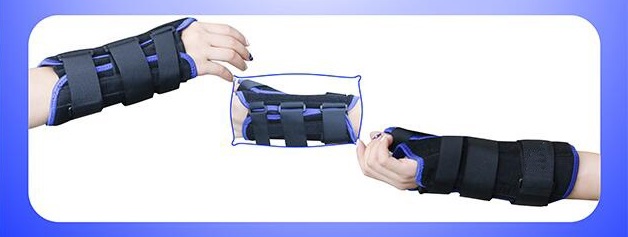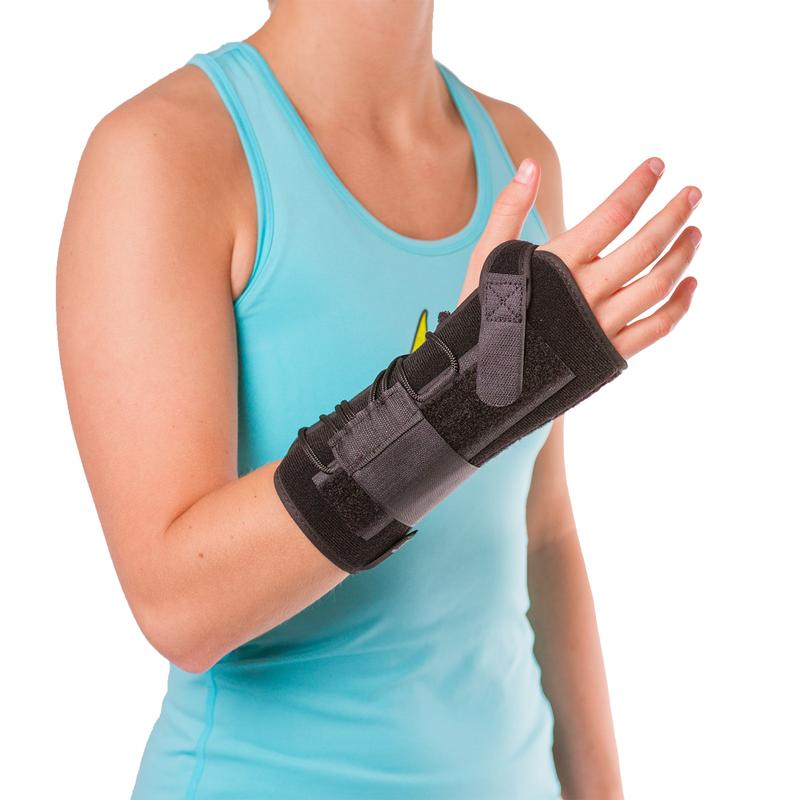To splint or not to splint?

To splint or not to splint?
AHTA Accredited Hand Therapist Amy Geach
15 Aug 2016
Let’s face it, in hand therapy, we see a lot of splints! Everyday, we deal with splints – different shapes, different colours, and different thicknesses. A static splint (also known as an orthosis) serves different purposes, and it is important for therapists to gain good clinical reasoning before applying splints/orthoses to any customer. Thermoplastic splinting is very common in hand therapy, but there are some principles that need to be considered when deciding if this is the right support for each individual. Let’s have a look at these.
Ensure you understand the purpose of the splint – what do you want it to do? Rest inflamed painful joints and tissues, allow movement, or substitute for weak absent muscles?
Have a good understanding of hand and wrist anatomy. It is extremely important when fabricating any hand and wrist splint that you maintain the arches of the hand. These are the proximal transverse arch, the longitudinal arch and the distal transverse arch. The hand creases are also very important landmarks to consider when splinting. If you want a joint to move well in a splint, ensure the corresponding joint creases are free of splinting material.
Ensure you understand the principles of applying force and tension. Splints that are too short to distribute the force of the splint can cause rubbing and pain. Incorrect placement of strapping on the splint can also cause friction on the skin. Good moulding will ensure you have a well conformed splint which will decrease chances of rubbing.
Have a good understanding of the types of thermoplastic material. Many have good memory and can be moulded a few times, whilst others have little memory and remoulding needs to be a more careful approach. Understanding which material thickness to choose for varying splints is also very important to ensure the splint lasts and fits the purpose if was designed for.
Customer or patient factors also play a large role in a therapist’s decision making with regard to splinting. Can they remove it easily to exercise if that is what you need them to do? Is it going to work with the nature of their job tasks? Is it easily cleanable which is very important if you want them to wear it at work in the day, and then at home to sleep in as well.
When considering thermoplastic splinting, a great therapist will also have a good understanding of the correct positions to place the hand and wrist in for immobilisation. Holding particular joints of the hand in the incorrect position over time can lead to shortening and contracture of joint structures which will limit the return of movement and function.
And after all that… you need to also make sure the splint looks good. If you aren’t proud of it and the splint does not look well made, how can you expect anyone to wear it!
Never underestimate the process of splint design, and fabrication. Good clinical reasoning and splinting skills are definitely very important in any hand therapy role. If you are a therapist and not used to making splints, ensure you get adequate training and mentoring in this specialty so you can confidently make the correct decisions for your customers.

